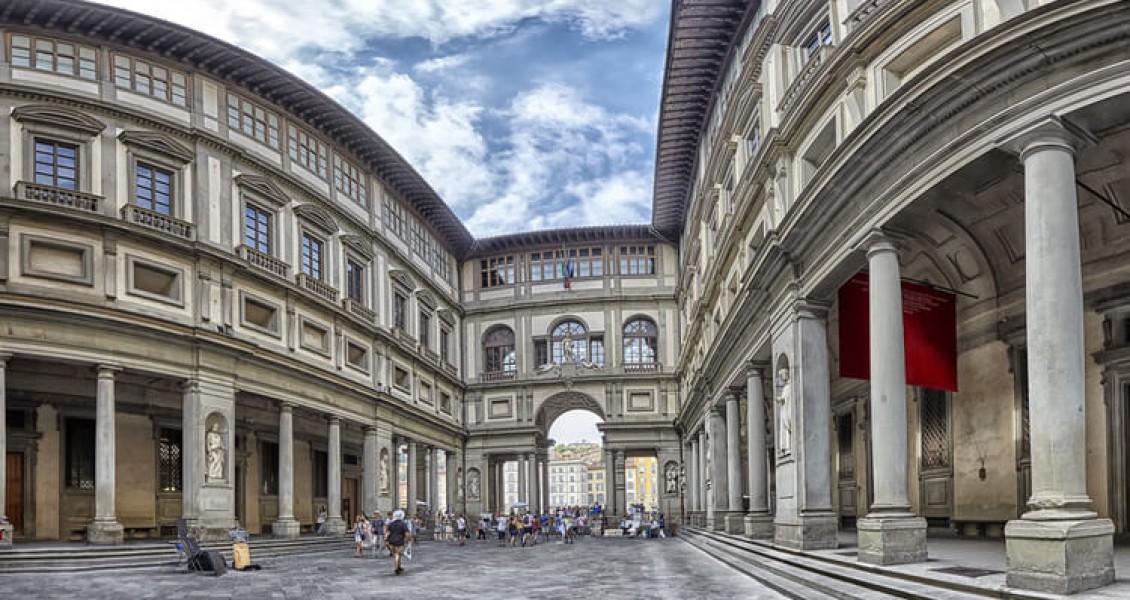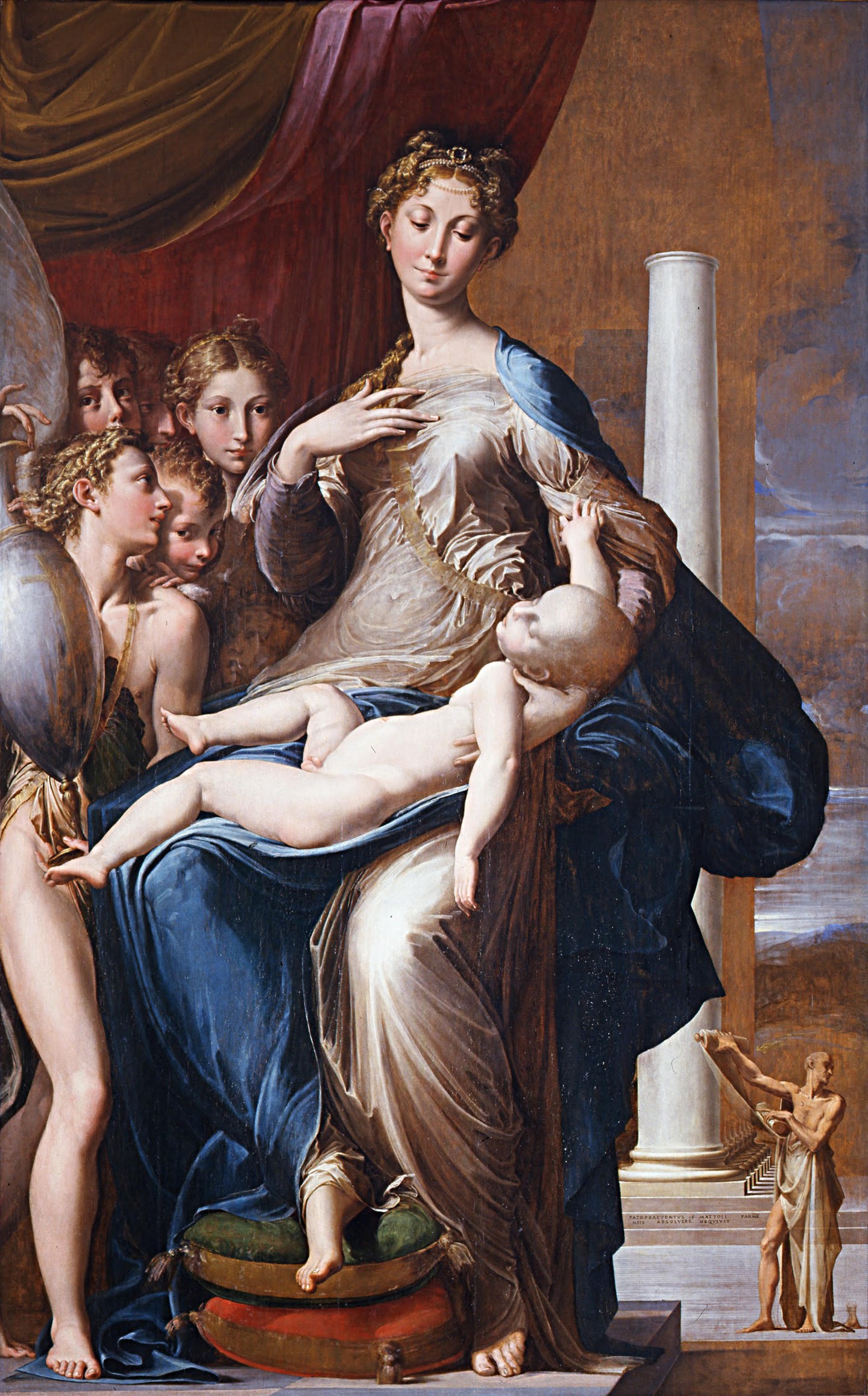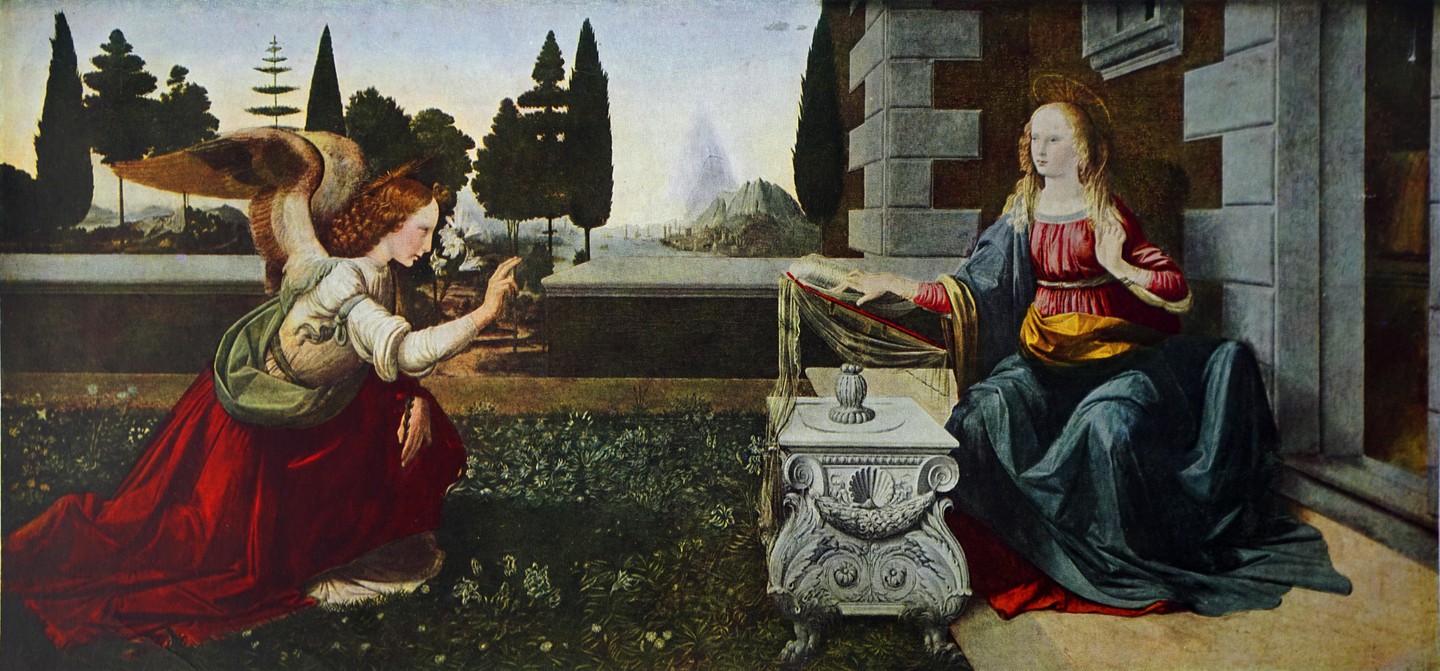The building of the Uffizi complex was begun by Giorgio Vasari in 1560 for Cosimo I de' Medici so as to accommodate the offices of the Florentine magistrates, hence the name uffizi, "offices". The construction was later continued by Alfonso Parigi and Bernardo Buontalenti; it was completed in 1581. The top floor was made into a gallery for the family and their guests and included their collection of Roman sculptures.
Over the years, more sections of the palace were recruited to exhibit paintings and sculpture collected or commissioned by the Medici family. For many years, 45 to 50 rooms were used to display paintings from the 13th to 18th century.

There are so many artworks so I will list some of the most "important" ones. Basically the more fmaous artworks, the ones most tourtists visit for.
Perhaps the Uffizi’s most famous work, The Birth of Venus is one of those paintings that has achieved a level of fame so great it almost obscures the greatness of the original work. Like the Mona Lisa or the Warhol Marilyn series, you’ll have seen this reproduced so many times before you actually see it that it’s near impossible for it live up to expectations. And yet somehow it does, not least because of the sheer size of the work, which measures nearly three metres (10 feet) across.

The strange, adult-like proportions of the child and the elongated neck of the mother in its colloquial name should count against Parmigianino’s most famous work, yet somehow they seem to imbue the painting with its own unique kind of grace and stillness. In fact, everything in this painting is innovative, from these proportions to its strange perspective, to the highly unusual placement of figures within the painting, they show a painter trying hard to find new ways of depicting the familiar scenes attempted by all his predecessors. For all its apparent flaws, Madonna with the Long Neck is a masterpiece, proof that a new way of working can lead to a masterpiece.

The Uffizi is one of the highly select group of museums that own a da Vinci (the Annunciation), one of only 16 paintings we have from perhaps the most famous artist of all time. It provides an insight into the early work of da Vinci, who painted this alongside his master Verrocchio. Although it is now thought to be a collaboration, signs of the signature da Vinci style can clearly be seen, particularly in the Angel Gabriel on the left, whose face bears a distinct similarity to the artist’s other works like the La Belle Ferronnière and the Mona Lisa.

Along with The Birth of Venus, Caravaggio’s Medusa is the work people most associate with the Uffizi Gallery. As well as a amazing study of one of mythology’s most compelling characters, this work on canvas mounted on a shield is an exciting exploration of form. Representing both the Medusa herself, whose head could turn humans into stone, and the mirrored shield that finally defeated her, the work is a fascinating exploration of art, as well as a beautiful image.
